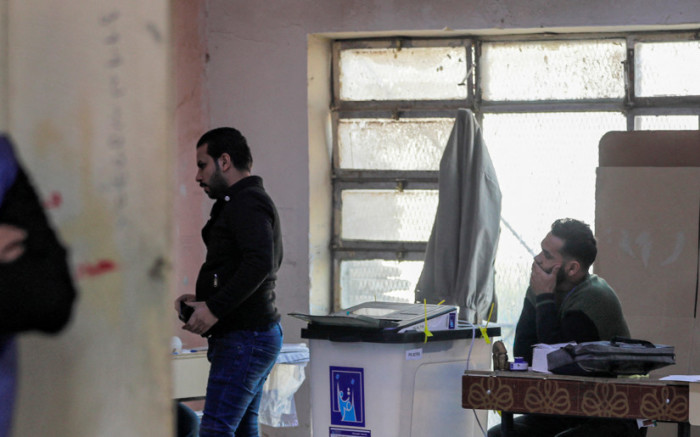
(NewsNation) – On December 21st, people in the Northern Hemisphere experience the winter solstice and the longest night of the year. Around the world, the solstice is celebrated when the days slowly get longer.
At the darkest point of the year, many ancient cultures There were traditions honoring this day, and some still celebrate the solstice today. In 2023 the solstice Also coincides almost with the full moon, so sky watchers can also see the moon and the brightest planet, Jupiter, in the night sky.
For those struggling with seasonal depression, the solstice could also bring hope for relief as the days get longer again, at least until the summer solstice in June.
What is the winter solstice?
The Winter solstice happens when the Sun is furthest south of Earth, which will be on the 21st at 10:21 p.m. EST in 2023. The day has the fewest hours of daylight and the longest night of the entire year, at least for those in the Northern Hemisphere.
The ones in the southern hemisphere will experience the summer solstice, when the Earth’s southern axis tilts toward the sun. For those in the southern half of the world, the day will have the most daylight hours of the entire year and the shortest night.
Summer solstice and winter solstice mark the seasons
The solstice also marks the first day of winter astronomical calendar of the seasons, in which the seasons are based on the Earth’s position in orbit around the Sun. Winter will last until the spring equinox in March.
For those who look at the cold and feel like winter is already in full swing: This is because meteorological seasons are calculated differently. According to this calendar, winter began on December 1st and lasts until the end of February.
Ancient monuments could revolve around the solstice
Many ancient cultures celebrated the solstice and left remnants of these observations, such as: Cahokia Hills in Illinois. Although it’s not entirely clear what the hills were for, the researchers observed that the light hit a specific area only on the solstice.
Stonehenge is another monument It is believed to have been built to reflect the movement of the Earth around the Sun. At the shortest daythe sunset coincides with the monument and many modern pagans and druids gather to celebrate the holiday.
We celebrate the winter solstice
The further north you go, the more extreme the solstice is. For those in Utqiagvik, Alaska, the day is in the middle of a period of two months of darkness where the sun doesn’t rise above the horizon at all. The Inuit and Athabascan people of Alaska would have celebrated traditionally with ceremonies and community celebrations and more Welcome the day with traditional dance.
In Sweden, Saint Lucia Day is now celebrated on December 13th, but would have fallen on the winter solstice in the Julian calendar. Celebrations include processions led by girls carrying wreaths of candles and the baking and eating of saffron buns.
In China, the winter solstice is celebrated with a festival called Dongzhi, which includes prayer and ancestor worship as well as eating dumplings. In Iran the holiday is known as Shab-e Yalda where families get together, eat pomegranates and read poetry.
In Japan the day is known as This one and is celebrated with traditions that include taking warm, yuzu-scented baths. It’s the day in South Korea Dongjia traditional time to honor ancestors where red is worn to ward off evil and red bean porridge is a traditional meal.














Recent Comments